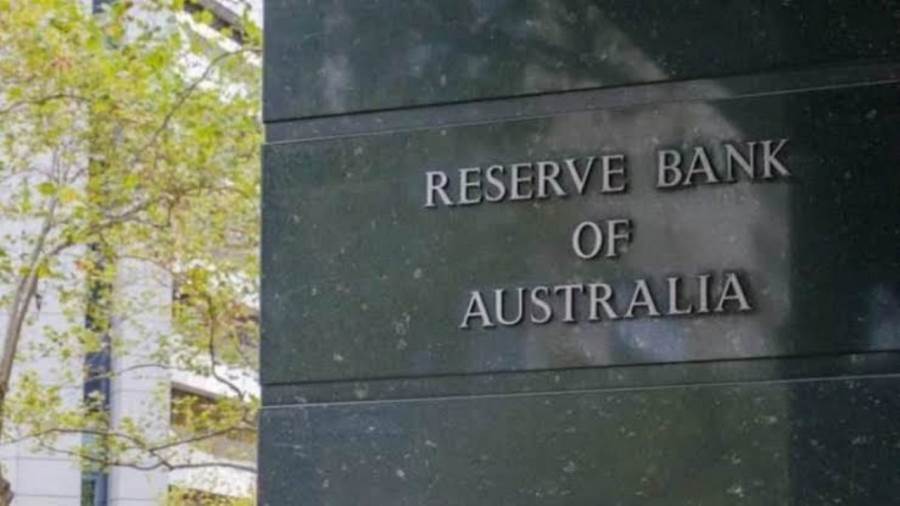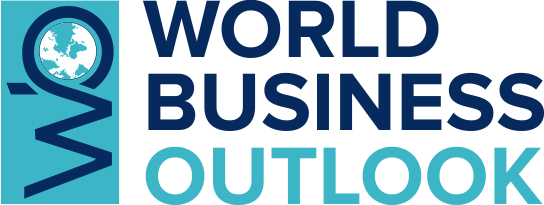The Reserve Bank of Australia Adopts a Cautious Approach, Emphasizing Data-Driven Monetary Policy Decisions

In its latest meeting minutes released on Tuesday, the Reserve Bank of Australia (RBA) stated that there was no immediate need to cut interest rates during its September meeting. The bank noted that inflationary pressures in the services sector remain persistent, while employment levels are stable. It also emphasized that any future monetary easing would depend on the evolution of key economic data.

Meeting Decisions
The RBA decided to keep the official cash rate unchanged at 3.60%, following three consecutive cuts of 25 basis points each earlier this year. The Board members highlighted that the Australian economy currently faces balanced risks—from both upside inflation pressures and downside growth risks—stressing the need for patience and caution before making further policy adjustments.
Monetary Policy Outlook
The central bank signaled that it would closely monitor inflation and consumption data for Q3 2025 ahead of its next meeting scheduled for November 4. These data points will form the basis for the next interest rate decision.
According to market expectations, there is a 50% probability of a rate cut at the November meeting and a 70% probability of a cut in December. Markets are currently pricing in only one additional rate cut for the remainder of the year, which would bring the cash rate down to around 3.10% if implemented.
Key Observations from the Bank
• The RBA noted that monetary policy remains relatively restrictive, even though earlier rate cuts have begun to show positive effects, particularly in housing prices and mortgage lending. • Consumer demand has improved faster than expected, but recent indicators raise questions about the sustainability of this spending growth. • Monthly inflation readings for July and August revealed upside risks to inflation in Q3, especially in services and residential construction costs.
Inflation and Future Scenarios Market analysts expect the upcoming core inflation reading this month to play a decisive role in the next policy move: • If price growth is 0.7% or lower, it will likely be seen as a green light for a rate cut. • If inflation rises 0.9% or higher, the RBA will probably delay any further easing. • A 0.8% increase would leave the decision finely balanced between a cut or a hold.
Labor Market and Global Challenges
The RBA observed that the Australian labor market remains tight, despite a slowdown in job growth, with the unemployment rate holding at 4.2% in August. Some board members also noted signs of a potential slowdown in private sector wage growth in the coming months, which could help ease inflationary pressures. On the global front, the bank emphasized that the international economic environment remains highly volatile, citing the ongoing effects of U.S. tariffs and the sluggish pace of China’s economic recovery, both of which contribute to greater uncertainty in global forecasts. The Reserve Bank of Australia thus remains in a cautious, data-dependent stance, seeking to balance support for economic growth with inflation control. The coming period is expected to be characterized by heightened vigilance and a full reliance on upcoming inflation and consumption indicators to determine the final direction of monetary policy through the end of the year.



























